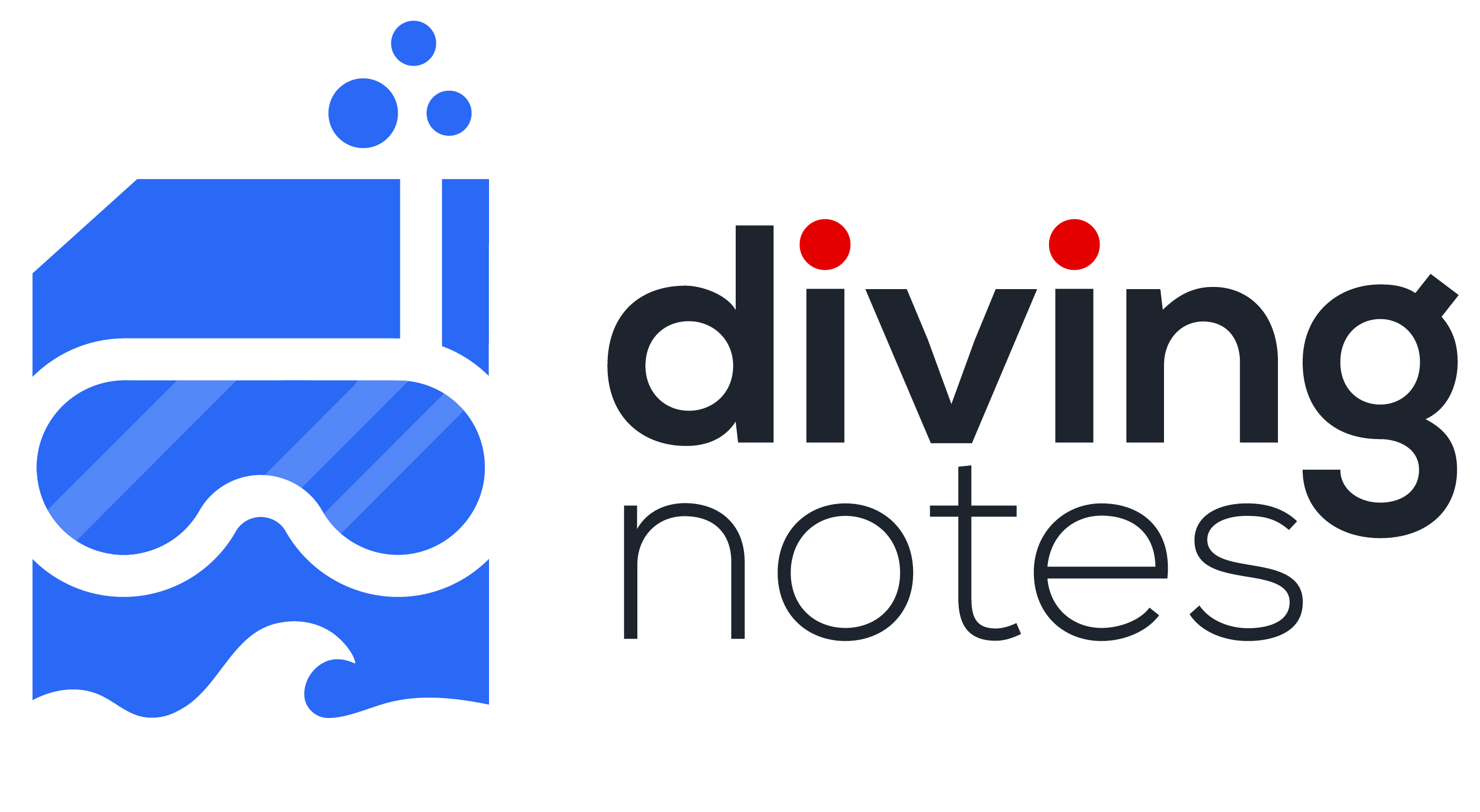Snorkels come in a variety of shapes, sizes, and designs but they all perform the same basic function – to allow you to breathe while your face is submerged. You might ask yourself – what are the different types of snorkels? Well, we dig into the different types and when / where you may use them. Snorkels have been around for a long long time, although there have been some innovations in their form and function of them the fundamental of a snorkel have not changed. In its most basic form, a snorkel is a J-shaped breathing tube. If you are in the market to buy a new snorkel you will find so many different varieties with exotic designs, colors, and features – but at its core, a snorkel does one thing – allow you to breathe while your face is submerged. Most snorkels are designed to be attached to the left side of your face – this is because scuba divers usually have their regulators on their right-hand side.
There are three standard types of snorkels that you will usually find – although there are massive variations in the designs they typically fall into three broad categories. Tube snorkels, semi-dry dry snorkels. Two additional variants that you may encounter are pocket snorkels – which we will discuss more about these later and full face snorkel masks (which are usually a variant of the dry snorkel)

Tube Snorkels
Tube snorkels, sometimes called ‘J’ snorkels are the simplest type of snorkel. These snorkels are just that a tube, with a mouthpiece and usually some sort of clip to attach the snorkel to your mask. This super simple type of snorkel is often used by free divers since its simple construction is streamlined, lightweight, and does the job. Note when using this type of snorkel when you go underwater it will fill with water and since it does not have a purge valve like the semi-dry and dry snorkels it requires you to more forcefully blow all the water out of the tube before you can start using it again to breathe. Occasionally you may see a small ‘wave deflector’ at the top of these simple snorkels to help prevent small waves from filling your snorkel.
Pocket Snorkels
I classify pocket (foldable) snorkels as a type of tube snorkel as they are compact and very simple in design. Pocket snorkels are typically made of silicone and roll up to fit in your scuba diving BCD pocket. Because they are mainly designed to be used by scuba divers you usually won’t find snorkelers using pocket snorkels. One common issue with pocket snorkels is they tend to dry out when left long-term in a BCD pocket and may disintegrate or tear resulting in a useless snorkel when you need it. So if you use one of these take it out regularly and inspect it.
Semi dry Snorkels
The key feature of a semi dry snorkel is the well/purge valve located below the mouthpiece. A semi dry snorkel often also has a corrugated tube that allows you to better adjust the fit but also helps pull the snorkel mouthpiece away from your face when above the surface. This type of snorkel is the most common type used by scuba divers and seasoned snorkelers. The deep ‘well’ below the mouthpiece with a one-way check valve that serves to pool little bits of water away from the flow of air but also makes it easier to clear water from a snorkel by pushing water out of the purge valve below the mouthpiece rather than having to clear water by blowing out of the end of the tube. Additionally, most semi-dry snorkels have some sort of a wave/water deflector at the top of the tube to help deflect water from entering the tube when encountering waves.
Dry Snorkels
Dry snorkels are designed to try and limit the entry of water into the snorkel tube. This happens usually by a mechanism that floats up when submerged and closes off the end of the snorkel tube. This float valve coupled with a wave deflector and a well with a purge valve work together to limit the amount of water entering and staying within your tube. Different styles have different levels of effectiveness at keeping out water. But their overall goal is to keep as much water out of your snorkel as possible making it easy to breathe. Full face snorkel mask combinations are typically also dry snorkels because if a full face snorkel fills with water it can become dangerous.
We have covered the different types of snorkels, providing an overview of each type as well as some of the benefits and drawbacks of each one. Knowing which type of snorkel to use can make your experience more enjoyable!
Updated on: December 05, 2023

